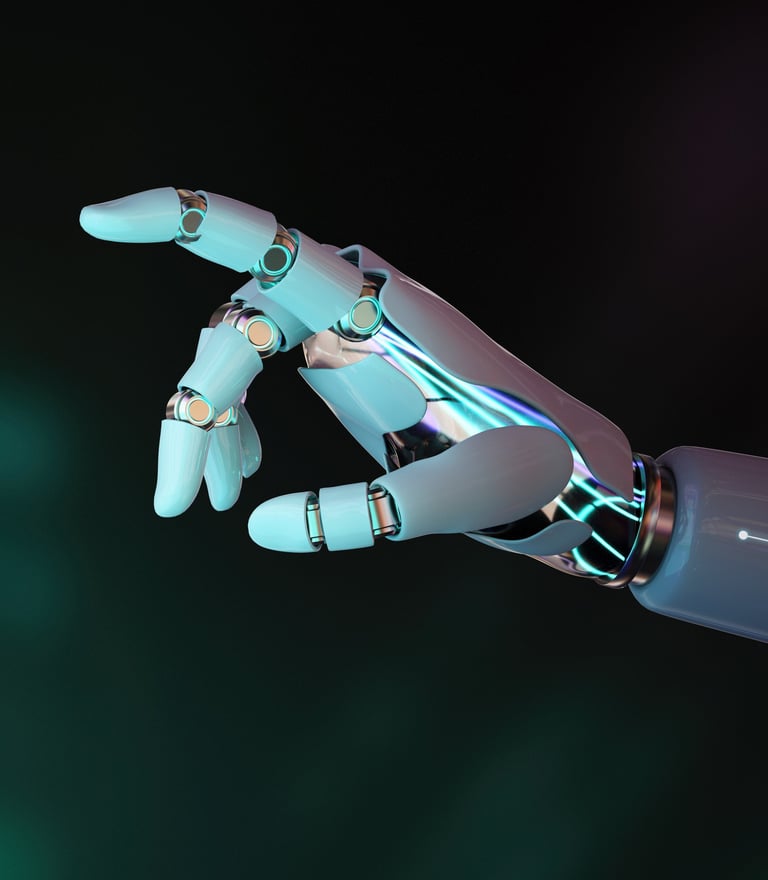AI Imaging vs. Photography.
Artificial Intelligence (AI) With the help of deep learning algorithms and neural networks, AI can now generate realistic images that are difficult to distinguish from photographs taken by humans.
AI


Artificial Intelligence (AI) has made significant advancements in various fields, including image generation. With the help of deep learning algorithms and neural networks, AI can now generate realistic images that are difficult to distinguish from photographs taken by humans. However, can AI truly surpass personally clicked photographs in real-world scenarios? Can it replace the unique skills and perspectives that humans bring to photography? Let's explore this topic further.
AI image generation has undoubtedly come a long way. By analyzing vast amounts of data, AI algorithms can learn to mimic human photography techniques, such as composition, lighting, and color grading. This has led to the creation of stunning images that can fool even the most discerning eye. AI-generated images have found applications in various industries, including advertising, entertainment, and design.
Despite these advancements, there are certain aspects where personally clicked photographs still hold an edge over AI-generated images. One of the key factors is the human element. Photographers bring their unique perspectives, emotions, and experiences to their work. They have the ability to capture fleeting moments, convey stories, and evoke emotions through their photographs.
Another aspect where personally clicked photographs excel is in capturing the essence of real-world scenarios. AI algorithms rely on existing data to generate images, which means they are limited to what they have been trained on. In contrast, human photographers can adapt to different situations, improvise, and capture the essence of the moment. They can adjust their settings, experiment with different angles, and use their intuition to create captivating images.
Furthermore, personal connection and interaction play a crucial role in photography. When humans click photographs, they establish a connection with their subjects, whether it's a person, a landscape, or an object. This connection allows photographers to capture the true essence and personality of their subjects, resulting in more authentic and meaningful photographs.
While AI image generation has its merits, it is important to recognize that it cannot fully replace the skills and perspectives that humans bring to photography. The human element, the ability to adapt to real-world scenarios, and the personal connection established with subjects are all factors that contribute to the uniqueness and depth of personally clicked photographs.
In conclusion, AI image generation has made remarkable progress in replicating human photography techniques. However, personally clicked photographs still hold an edge in capturing the essence of real-world scenarios and conveying unique perspectives. While AI can assist and enhance the creative process, it cannot replace the skills and intuition that human photographers possess. So, the answer to whether AI can surpass personally clicked photographs in real-world scenarios is a resounding no.
